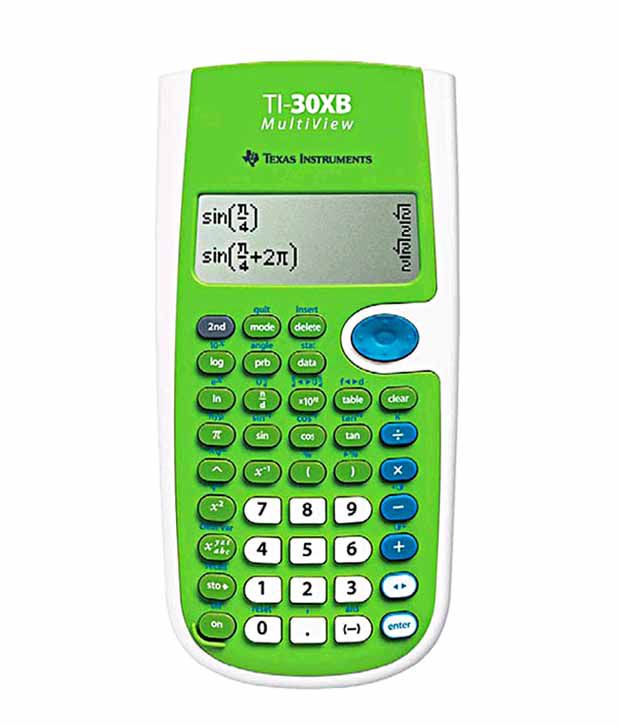

- #Texas instruments chemistry calculator serial#
- #Texas instruments chemistry calculator update#
- #Texas instruments chemistry calculator full#
On their next try, they added a 16 K cache (still with one to two wait states for each cache hit) and switched to a QSPI flash rated for 133 MHz. Yes, the OS executes directly from flash. In the first version, it was much, much worse: each and every byte read from flash incurred NINE wait states reads from RAM still incur a three-cycle penalty.

Overall, the CPU spends about two-thirds of all cycles stalled.
#Texas instruments chemistry calculator full#
This is disastrously janky: the internal ARM bus is a high-latency, high-bandwidth bus, while the eZ80 (being a more-or-less drop-in replacement for the Z80) is optimized for a zero-latency, low-bandwidth bus, which results in the CPU getting none of the bandwidth benefits and the full brunt of the latency. It’s a custom ASIC that combines 406 K of RAM (256 K + 320 × 240 × 2 bytes for a framebuffer) with several off-the-shelf ARM IP cores, substituting an eZ80 CPU core for an ARM. Meanwhile at Cemetech, jacobly (Jacob Young) single-handedly developed an eZ80 clang port, so we have full modern C++ (no STL port though).īut it gets worse! The main chip is NOT an eZ80Acclaim. So they added a second ARM-based chip just to work around Zilog’s ancient compiler. The reason they’re using an ARM coprocessor is even jankier still: Zilog’s C compiler only supports C89, and it likes to crash if you give it something it doesn’t expect. Posted in Teardown Tagged arm, CE, port, programming, python, test, texas instruments, ti-84, z80 Post navigation We’ve already seen some TI-84s that have been modified to connect to the Internet, for example. Perhaps this is the starting point for someone else to figure out something more useful to put these machines to work with beyond the classroom too. While there are probably limited use cases for 1980s calculators to run Python programs, we can at least commend TI for attempting to modernize within its self-built standardized testing prison.

Jankiness aside, eventually was able to wire up a port to the side of the calculator which lets him use his computer to send Python commands to the device when it is in its Python programming mode.
#Texas instruments chemistry calculator serial#
After some investigation of test points, found that the Z80 and ARM chips are communicating with each other over twin serial lines using a very “janky” interface. The immediately noticeable difference is the ARM coprocessor that is not present in other graphing calculators. While he’s not sure exactly what implementation of Python the calculator is running, he did tear it apart to try and figure out as much as he could about what this machine is doing. They still run their code on a Z80 microcontroller, but found himself in possession of one which has a modern ARM coprocessor in it and thus can run Python.
#Texas instruments chemistry calculator update#
These testing standards are so entrenched, in fact, that TI has not had to update the hardware in these calculators since the early 90s. Texas Instruments is a world-class semiconductors company, but unfortunately what they are best known for among the general public is dated consumer-grade calculators thanks to entrenched standardized testing.


 0 kommentar(er)
0 kommentar(er)
